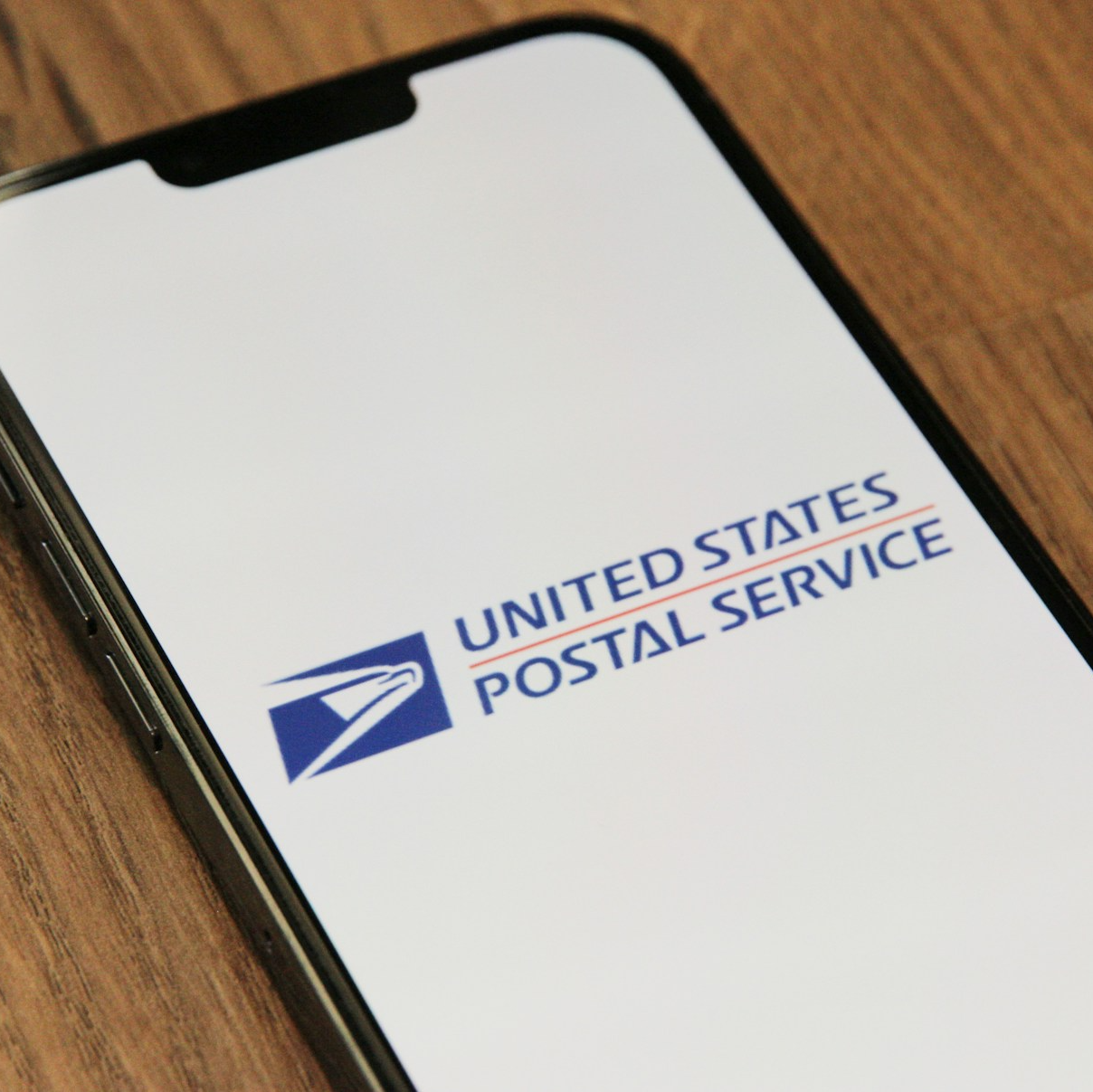Key Takeaways
-
Higher copayments in 2025 mean you may pay more for doctor visits and medications. Understanding these changes can help you plan your healthcare budget and avoid surprises at the pharmacy or doctor’s office.
-
Medicare enrollment affects your PSHB costs. If you are Medicare-eligible, having both Medicare and PSHB can reduce your out-of-pocket costs for services and prescriptions.
What’s Changing with Copayments in 2025?
If you’re a postal retiree or worker covered under the Postal Service Health Benefits (PSHB) program, brace yourself—copayments are increasing again in 2025. While this might not be welcome news, understanding these changes can help you manage your healthcare expenses more effectively.
Here’s what you need to know:
-
Doctor visits will cost more. Expect to pay higher copayments for both primary care and specialist visits.
-
Prescription medications may become pricier. Your out-of-pocket costs at the pharmacy will likely rise, especially if you rely on brand-name drugs.
-
Urgent care and emergency room visits come with steeper fees. If you need immediate care, be prepared for higher costs at the point of service.
-
Out-of-pocket maximums may increase. Some plans could see higher overall cost ceilings, impacting how much you spend annually.
-
Higher coinsurance rates. If your plan includes coinsurance, expect to pay a greater share of covered services.
-
Higher costs for specialist care. If you regularly see a specialist, the cost increase could be more significant over the year.
-
Increased cost-sharing for outpatient services. If you receive diagnostic tests, physical therapy, or outpatient surgeries, expect higher copayments or coinsurance amounts.
How Much More Will You Pay?
While the exact increase varies depending on your plan choice, here’s a general breakdown of what to anticipate:
-
Primary care visits: Copayments may rise by $5-$15 per visit.
-
Specialist visits: Expect an increase of $10-$20 per visit.
-
Urgent care: Copayments could jump by $15-$25.
-
Emergency room visits: A potential increase of $50-$75 per visit.
-
Prescription drugs: Higher-tier medications will likely see the biggest cost jump.
-
Hospital stays: Inpatient hospital copayments could increase by hundreds of dollars depending on length of stay and services required.
-
Outpatient services: Increased copayments for procedures like MRIs, X-rays, and surgeries could add to your healthcare expenses.
Understanding these numbers can help you plan ahead, particularly if you have ongoing medical needs.
What You Can Do to Minimize Out-of-Pocket Costs
There are several ways to manage your healthcare expenses despite rising copayments:
1. Use In-Network Providers
Sticking with in-network doctors and hospitals helps you avoid even steeper out-of-pocket costs. Out-of-network services often require significantly higher copayments or coinsurance.
2. Consider Generic Medications
If you take prescription drugs, talk to your doctor about switching to generics whenever possible. These medications offer the same benefits as brand-name drugs but at a fraction of the cost.
3. Schedule Preventive Care
Many PSHB plans cover preventive care services at no additional cost. Routine screenings and annual check-ups can help you stay on top of your health and avoid costly treatments down the line.
4. Coordinate Medicare with PSHB
If you are Medicare-eligible, having both Medicare and PSHB can help reduce your copayments and overall costs. Medicare typically covers primary services, leaving PSHB to handle the remainder at a reduced rate.
5. Use Mail-Order Pharmacy Services
Many PSHB plans offer mail-order pharmacy options, which can lower the cost of maintenance medications compared to retail pharmacy prices.
6. Compare PSHB Plan Options Annually
If your healthcare needs have changed, it’s essential to compare different PSHB plans during the open season. Some plans may offer better coverage with lower copayments for the services you use most.
7. Check for Extra Benefits That Reduce Costs
Some PSHB plans offer wellness programs, gym memberships, and telehealth services that can help reduce your overall healthcare expenses.
8. Plan for Medical Expenses with an HSA or FSA
If you have access to a Health Savings Account (HSA) or Flexible Spending Account (FSA), you can use pre-tax dollars to cover copayments, deductibles, and prescription costs.
Understanding Your PSHB Coverage for 2025
How Medicare Enrollment Affects Your Costs
If you’re a retiree, Medicare integration with PSHB plays a major role in your healthcare costs. Those enrolled in both Medicare Part B and PSHB generally experience:
-
Lower copayments for medical services.
-
Reduced prescription drug costs under Medicare’s prescription drug program.
-
Better financial predictability by limiting unexpected out-of-pocket expenses.
If you haven’t enrolled in Medicare yet, consider whether joining could help offset rising copayments.
What About Annuitants Not Enrolled in Medicare?
For postal retirees who haven’t enrolled in Medicare, healthcare costs under PSHB are still manageable, but copayments will be higher. Here’s what to expect:
-
No Medicare means you pay full PSHB copayments. Without Medicare’s secondary coverage, you’re responsible for the entire copayment amount for doctor visits, hospital stays, and prescriptions.
-
Prescription drug costs will be higher. Medicare Part D helps lower drug expenses, so those without it may face steeper pharmacy bills.
-
Higher emergency care costs. Without Medicare coverage, out-of-pocket costs for emergency room visits and hospital admissions can be significant.
-
More financial risk. Having only PSHB means no additional coverage layer, leading to higher personal healthcare spending.
-
Potentially higher long-term care costs. Without Medicare, you may need to pay more for extended hospital stays and rehabilitation services.
Steps to Take Right Now
-
Review your plan’s updated costs for 2025. Make sure you understand your copayments, coinsurance, and deductibles.
-
If you’re Medicare-eligible, weigh your options. Enrolling in Medicare can help minimize rising costs under PSHB.
-
Use preventive care benefits. Taking advantage of covered preventive services can help you avoid bigger medical bills later.
-
Check your prescriptions. Talk to your doctor about cost-saving alternatives like generics or different medication options.
-
Use telehealth services when possible. Many PSHB plans offer telehealth visits at a lower cost than in-person visits.
-
Set aside funds for out-of-pocket expenses. Consider using an FSA or HSA (if eligible) to cover copayments and deductibles more effectively.
-
Review your healthcare needs before Open Season. If your healthcare requirements have changed, reassess your plan options to ensure you get the best value.
Higher Copayments in 2025—What It Means for You
While increased copayments are never ideal, being proactive about your healthcare decisions can help you manage these rising costs. Whether you’re still working for USPS or enjoying retirement, understanding your PSHB benefits and making informed choices will keep your healthcare expenses under control.
If you’re unsure about how these changes affect you, reach out to a licensed agent listed on this website for expert guidance on optimizing your healthcare coverage.












